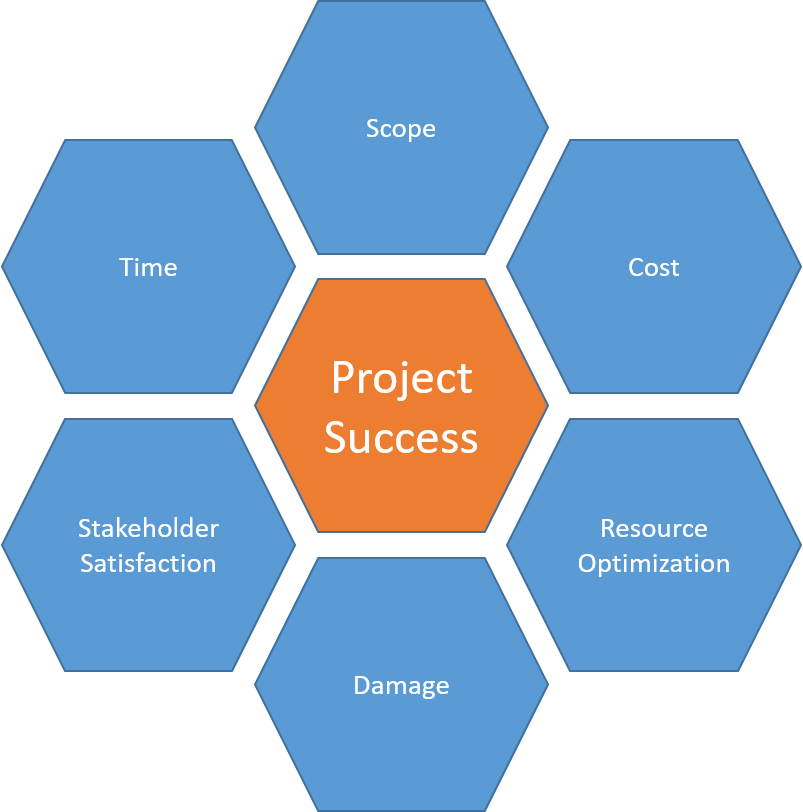Summary
A regular status report is important in the project. The status report is the basic information for the members of the steering committee. It is advisable to create a list of the typical contents of a report, which can be used in any presentation form. Also the status light colours must be well defined to ban the watermelon effect.
Addressees and occasion
A regular status report is important in the project. Regular means that a predefined cycle or on certain predefined occasions is created and delivered to the specified recipients. The objective is to present the progress of the project, to address decision-making needs and to point out risks and problems. The status report is the basic information for all members of the steering committee.
Content
Each status report should include the following:
- Management Summary
- Status light
- Defined indicators (often performance, deadline and costs) and optionally their development in an Earned Value analysis
- Achievements in the reporting period
- Planned but unachieved in the period
- Initiated or planned measures
- Planned for the next reporting period / upcoming milestones
- Top (3) risks
- Necessary decisions
Status Light Colours and the Eternal Controversy
Again and again there are energetic discussions about which colour the status light should have. It often doesn’t make sense to take part in them and as a project manager you should have a clear and above all simple, easy to understand and valid definition for all levels at hand in order to be able to avert the watermelon effect (red inside, green outside). The following definition can be of help:
- Red = Problems exist which can no longer be solved at the reporting level and which have a negative effect on the defined indicators (usually performance, deadline, costs) or which have already had an effect. Measures were not effective or not possible. There is a need for decision or action at the higher level (level above that of the reporting party).
- Yellow = The defined indicators show plan deviations. Problems exist that the reporting person plans to solve. Measures have been or are being taken (list of measures required). The need for decision or action on the part of the higher authority is foreseeable if the measures taken do not have an effect.
- Green = No problems at the reporting level. The defined indicators show no deviations from the plan.
A possible file naming convention for the status report can be found here.




